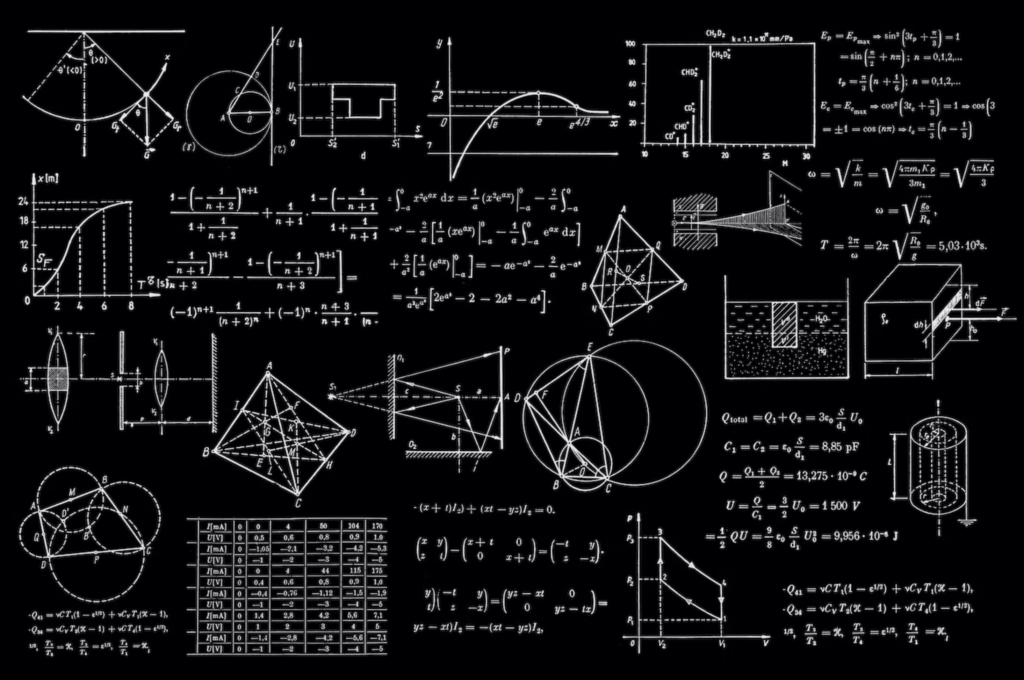
For centuries, there has been a fascination among individuals passionate about defying the laws of physics who have wanted to develop the world’s first perpetual motion device. The concept of perpetual motion is to make a device that, once started, can continue to operate for eternity in an unperturbed structure.
It is widely accepted that perpetual motion is physically impossible. The very idea of perpetual motion would overrule the opening two laws of thermodynamics. The first being that energy is a constant and can’t be destroyed or created. The second being that entropy will maintain itself or even enhance itself over time. The reality is that it’s not possible to increase the output of energy relative to what’s being inputted and therefore energy itself will always diminish slowly.
Despite most people recognizing this fact, many inventors and so-called pioneers have invested time and energy (pardon the pun) into designing the world’s first perpetual motion machine. Below, we celebrate five of the most newsworthy failed attempts at perpetual motion in action.
Perpetual motion water wheel (17th century)
Rumor has it that the concept of a water mill or wheel powered by perpetual motion has been in planning since the 17th century. The theory behind this is that water falls from the top, filling each element of the wheel, helping the mill to turn. The thinking is that this begins to drive the pump that pushes the water back to the top, thereby developing a closed circuit of energy.
Where physicists went wrong is that they never considered the amount of friction necessary to turn the wheel. The friction is what prevents the energy from being maintained as the wheel turns 360 degrees.

Perpetual motion roulette wheel (17th century)
French mathematician and physicist Blaise Pascal is credited with attempting to design the world’s first perpetual motion wheel, which effectively became a primitive version of what we now know to be the roulette wheel. Since then, a host of roulette game types have surfaced, including American Roulette. This features an additional double-zero pocket on the wheel.
Although the wheel might not be powered by perpetual motion, it does deliver fast-paced action. With time limits between each spin, players must think on their feet to select the right numbers and colors. The roulette wheel mechanism was a by-product of Pascal’s ambitions to develop a mechanical calculator, now known as the Pascaline, that could safely navigate the money system in France.
Despite failing with perpetual motion, Pascal would go on to devise the world’s first arithmetical triangle. Pascal was also one of the first to consider the impact of atmospheric pressure, having published a string of experiments in 1653 in his thesis titled “Treatise on the Equilibrium of Liquids”.
Perpetual motion rolling ball wheel (18th century)
This design featured an overbalancing wheel and metal balls attempted to create an ongoing perpetual motion device. It was theorised by German scientist and physicist, Jacob Leupold, who outlined his methods in 1724, within Volume 1 of “Theatrum Machinarum Generale”.
Leupold’s belief was that the use of rolling metal balls in an overbalancing wheel would alter the weight of the wheel continuously, allowing gravity to take charge. Although the concept sounds like it could have legs, the wheel is flawed. It still requires outside force to keep turning.
Perpetual motion machine “Perepiteia” (20th century)
Canadian Thane Heins has been obsessed with the concept of perpetual motion, to the point that it ruined his love life. Since 1985, Heins developed the machine nicknamed “Perepiteia”, a device that looks to enable perpetual motion. Heins has long since claimed that Perepiteia has the ability to output impressive amounts of energy from modest electrical inputs, but this has long been deemed impossible by scientists.
It’s true that Perepiteia does manage to lean on magnetic friction to provide a magnetic boost to the device’s motor – debunking the initial law of thermodynamics. It’s true that it mystified an MIT professor, Markus Zahn, although he would later throw out the assertion that Perepiteia was a perpetual motion device as it had to be plugged into a power socket.
Perpetual motion using neodymium magnets (20th century)
Neodymium magnets are still the most potent batteries commercially available. Designed by General Motors in the early 1980s, these magnets were used to try and form part of another perpetual motion device.
The frictionless design sees the magnets positioned with identical poles against one another on a wheel. Once magnets with the same pole end meet, they repel against one another, creating sufficient energy, in theory, to move the wheel. However, this cannot be considered a true perpetual motion machine. The magnets will eventually need replacing, so it’s therefore not a device that can continue for eternity.
